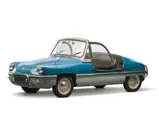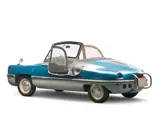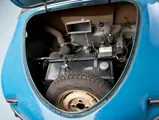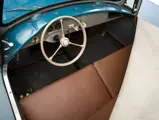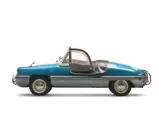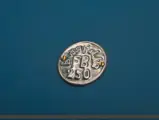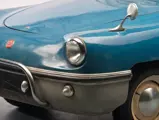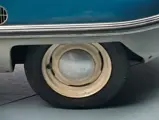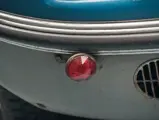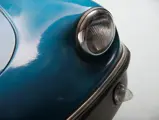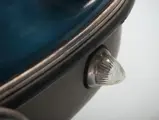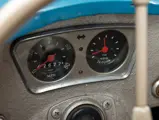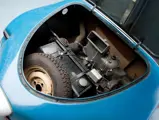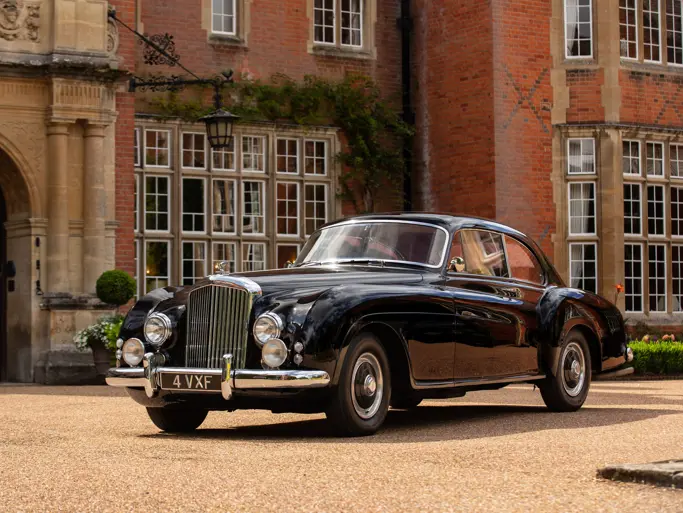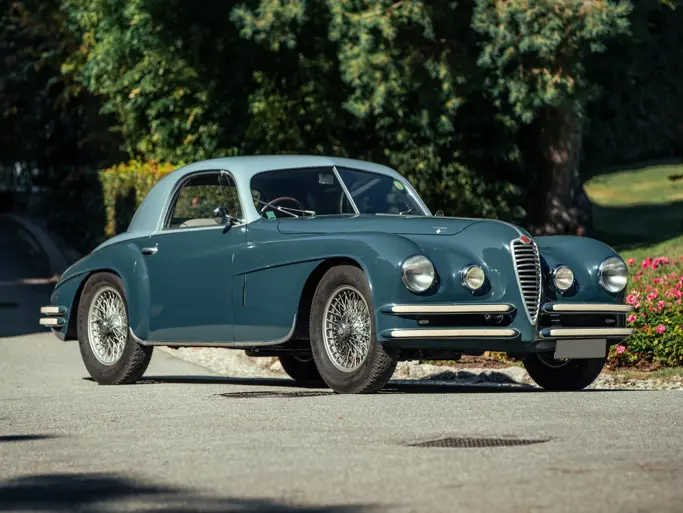The Bruce Weiner Microcar Museum
1958 Burgfalke FB250
{{lr.item.text}}
$20,700 USD | Sold
 | Madison, Georgia
| Madison, Georgia
{{internetCurrentBid}}
{{internetTimeLeft}}

An unrestored time capsule.
SPECIFICATIONS
Manufacturer: Burgfalke-Werke
Origin: Obermurnthal, Germany
Production: 60
Motor: FB250 (Victoria) 1-cyl, 2-stroke
Displacement: 248 cc
Power: 14 hp
Length: 11 ft.
Identification No. 01635
Victoria’s brief venture into car-building did not bring a hoped-for revival. Its well-known motorcycles, scooters, and mopeds fell victim to the general decline in the motorcycle industry, and it would eventually become part of the Zweirad Union, supplying only 50-cubic centimeter motors.
Burgfalke Flugzeugbau in Burglengenfeld, Bavaria had been building Scheibe and Vogt sailplanes, as well as the M-150 Schulmeister semi-aerobatic two-seater airplane. The firm’s director, Martin Joachim Dahmen, wanted to branch out into the automobile business, and one year after Victoria had shut down 250 production, he declared an interest in reviving Victoria’s defunct car. In the spring of 1959, he announced that he wished to purchase everything to do with the car.
Dahmen had purchased a former glass factory in Obermurnthal, Bavaria, which could be converted to an automobile factory. The car would be called the Burgfalke FB250, and it would, for the time being, be powered by the same Victoria motor, renamed the “FB250 motor” in the publicity brochures. The press of the day related optimistic plans to build cars with doors and bumpers in order to sell the car in North America, and the brochures described an export model. Eventually, a larger displacement motor would be developed.
The experienced Victoria firm was still somewhat in the picture, helping out the new car producer, but one by one the planned developments were scratched off the list as realistic attitudes gained hold and expenses mounted. It would be enough just to manage to assemble 60 cars from remaining stocks. Burgfalke would eventually become merely a parts supplier for the existing cars.
It seems that some prototypes were actually built, as a cabriolet version with doors and a thin-framed windshield with Burgfalke features has been photographed alongside the doorless roadster version. Dahmen’s son recalls the making of a film about an “amphibious” version. He also believes the original blueprints have survived.
Two cars were indeed shipped to the U.S.A., this unrestored, original example being one of them. It is a remarkable time capsule, still retaining its original cloth top and original dealer packaging under the hood. The distinctively Burgfalke elements are there, including the tubular chrome bumpers and the extra chrome circular vents low beneath the bumper on the tail. There was a return to the Spatz’s single rectangular “Porsche” vent on the deck lid. Finally, its rare FB250 emblem punctuates the long and involved story of this elegant and interesting car.

